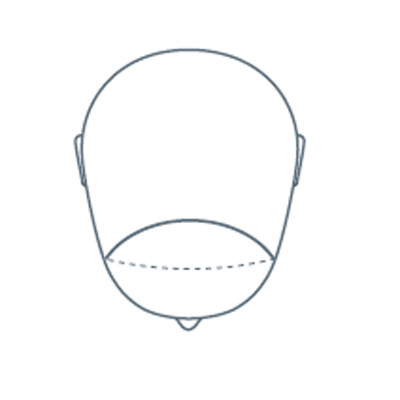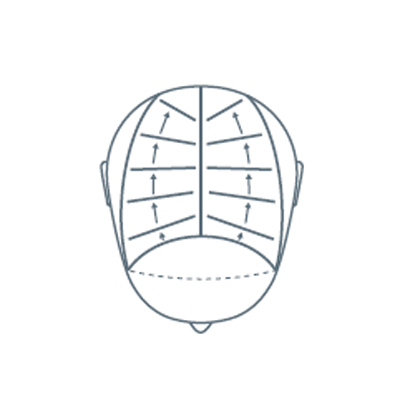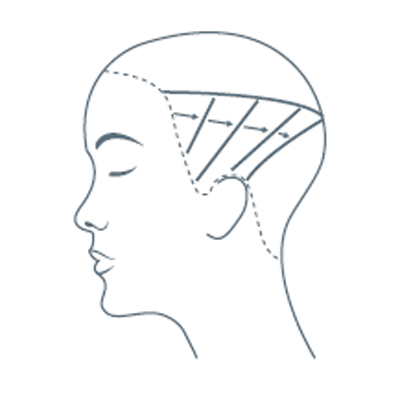Last updated: October 20, 2022
Symmetrical Bob with a Fringe from Aveda
Symmetrical Bob with a Fringe from Aveda
HOW-TO STEPS 
YOU MIGHT LIKE THIS
-
Hair
New Romantic Cut from Aveda
-
Natural Glow Makeup at Novis by Aveda
-
Curly
Timbered Waves from Aveda
-
Bobs
’20s-Inspired, Modern Bob from Aveda
-
Hair Color
Violette from Aveda


TRENDING NOW!
-
BTC Hair Trend Report
The Biggest Haircut Trends of 2024
-
Monthly Product Launch List
11 New Game-Changing Hair Launches To Add To Your Arsenal
-
Copper
What Is The "Cowboy Copper" Hair Trend? Here's What It Really Means...
-
Blonde
Conditioner Before Toner: Common Hair Myth Debunked
-
Frizz
Straighten & Smooth 2A, Fine-Medium Density Hair
-
Copper
Muted Bronze
-
BTC Hair Trend Report
WWYD: How Hairstylists Are Navigating Inflation
-
Haircuts
SHAG 101: The Dos And Don'ts
















